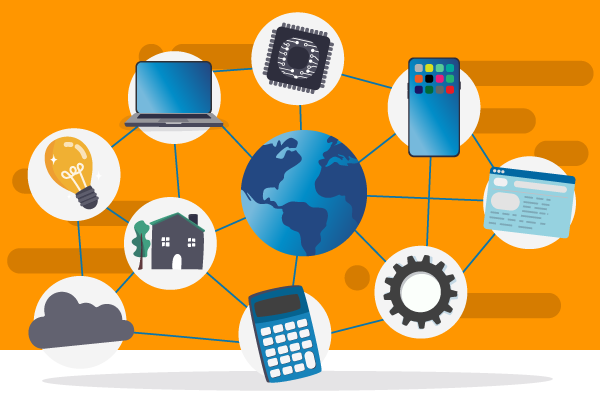Description
Introduction of Edge IoT Applications
Low latency is crucial for the performance of Edge IoT applications, especially in scenarios where real-time data processing and quick responses are essential. This course focuses on developing Edge IoT applications optimized for low latency, ensuring that data processing and actions occur with minimal delay. Participants will learn about the principles of low-latency design, techniques for optimizing performance, and best practices for deploying efficient Edge IoT solutions.
Prerequisites
- Basic understanding of IoT and Edge Computing concepts
- Familiarity with software development and application design
- Knowledge of network architecture and data processing principles
- Experience with programming languages and development environments (optional)
Table of Contents & Sessions
1: Introduction
1.1 Understanding latency and its impact on applications
1.2 Importance of low-latency design in various use cases (e.g., autonomous vehicles, industrial automation)
1.3 Key components and architecture of Edge IoT systems affecting latency
1.4 Overview of factors influencing latency in Edge IoT applications
1.5 Case studies: Real-world examples of low-latency Edge IoT applications
2: Designing for Low Latency
2.1 Principles of low-latency design in Edge IoT applications(Ref: Edge IoT for Industrial Applications)
2.2 Techniques for minimizing data processing delays
2.3 Optimizing communication protocols for reduced latency
2.4 Selecting appropriate edge devices and hardware for performance
2.5 Case study: Designing a low-latency system for real-time video streaming
3: Data Processing and Optimization Techniques
3.1 Strategies for efficient data processing at the edge
3.2 Minimizing data transfer times and optimizing data handling
3.3 Implementing data pre-processing and filtering techniques
3.4 Techniques for optimizing algorithms and computations
3.5 Case study: Optimizing data processing for a predictive maintenance application
4: Communication Protocols and Network Optimization
4.1 Choosing and configuring communication protocols for low latency (e.g., MQTT, CoAP, UDP)
4.2 Implementing Quality of Service (QoS) settings to enhance performance
4.3 Network design considerations for minimizing latency
4.4 Techniques for reducing network congestion and improving throughput
4.5 Case study: Enhancing network performance for an industrial IoT system
5: Real-Time Data Analytics and Edge Processing
5.1 Implementing real-time analytics and decision-making at the edge
5.2 Using stream processing frameworks and tools for low-latency applications
5.3 Techniques for integrating AI and machine learning for real-time insights
5.4 Managing and scaling analytics workloads at the edge
5.5 Case study: Real-time analytics for smart grid management
6: Testing and Measuring Latency
6.1 Techniques for measuring and benchmarking latency
6.2 Tools and methods for latency testing and performance monitoring
6.3 Identifying and diagnosing latency issues in real-world scenarios
6.4 Strategies for optimizing and improving latency based on test results
6.5 Case study: Testing and optimizing latency in a smart manufacturing environment
7: Deploying and Managing Low-Latency Applications
7.1 Best practices for deploying low-latency Edge IoT applications
7.2 Strategies for maintaining performance and managing resources
7.3 Techniques for scaling and updating applications with minimal impact on latency
7.4 Ensuring reliability and fault tolerance in low-latency systems
7.5 Case study: Deployment and management of a low-latency solution for autonomous vehicles
8: Future Trends and Innovations
8.1 Emerging trends in low-latency Edge IoT applications
8.2 Innovations in hardware, software, and network technologies for improved latency
8.3 The role of 5G, edge AI, and other advancements in reducing latency
8.4 Preparing for future developments and incorporating new technologies
8.5 Case study: Future innovations shaping low-latency Edge IoT solutions
9: Hands-on Lab and Final Project
9.1 Setting up and configuring its devices for low-latency applications
9.2 Implementing data processing, communication, and analytics solutions
9.3 Developing a low-latency application for a specific use case (e.g., real-time monitoring, autonomous systems)
9.4 Final project presentations: Demonstrating and optimizing a low-latency Edge IoT application
9.5 Group discussions, feedback, and Q&A
This course provides participants with the skills and knowledge needed to develop and deploy its applications that meet the demands of low-latency performance, enabling real-time processing and quick responses in various critical scenarios.







Reviews
There are no reviews yet.